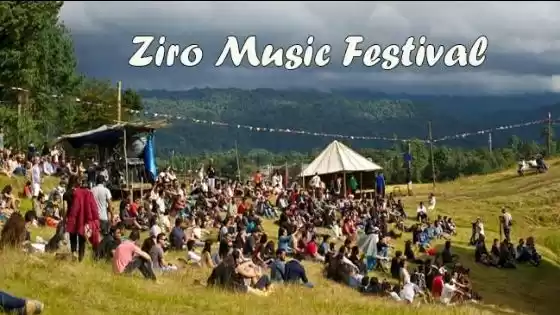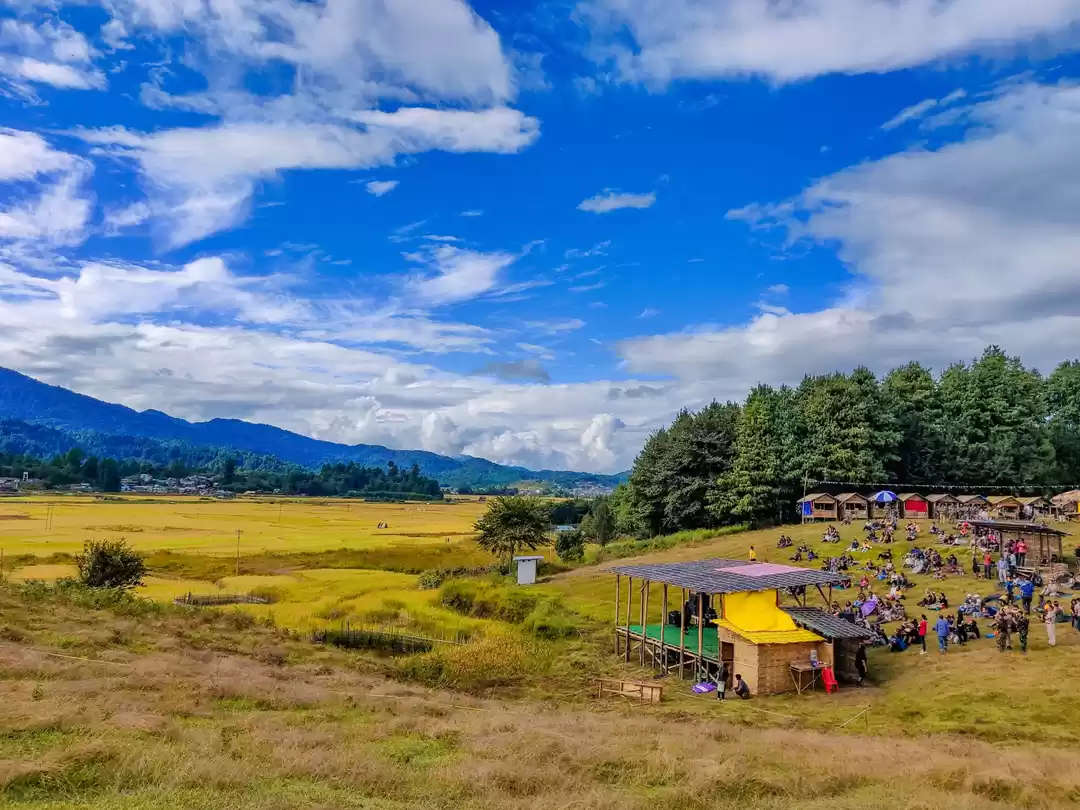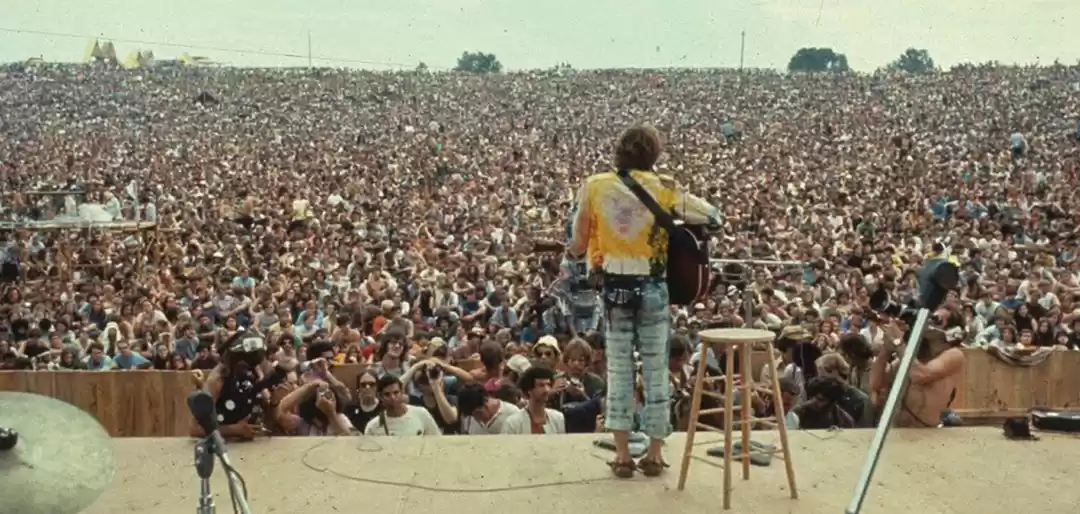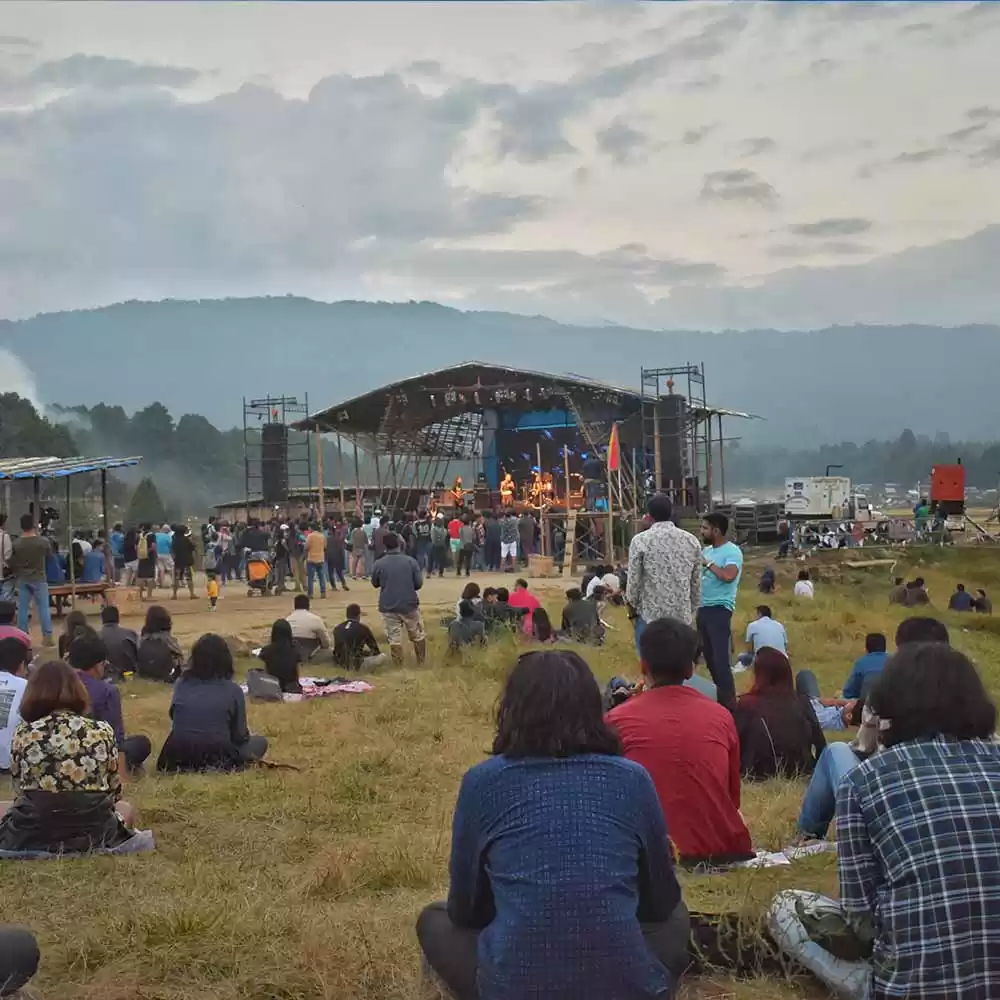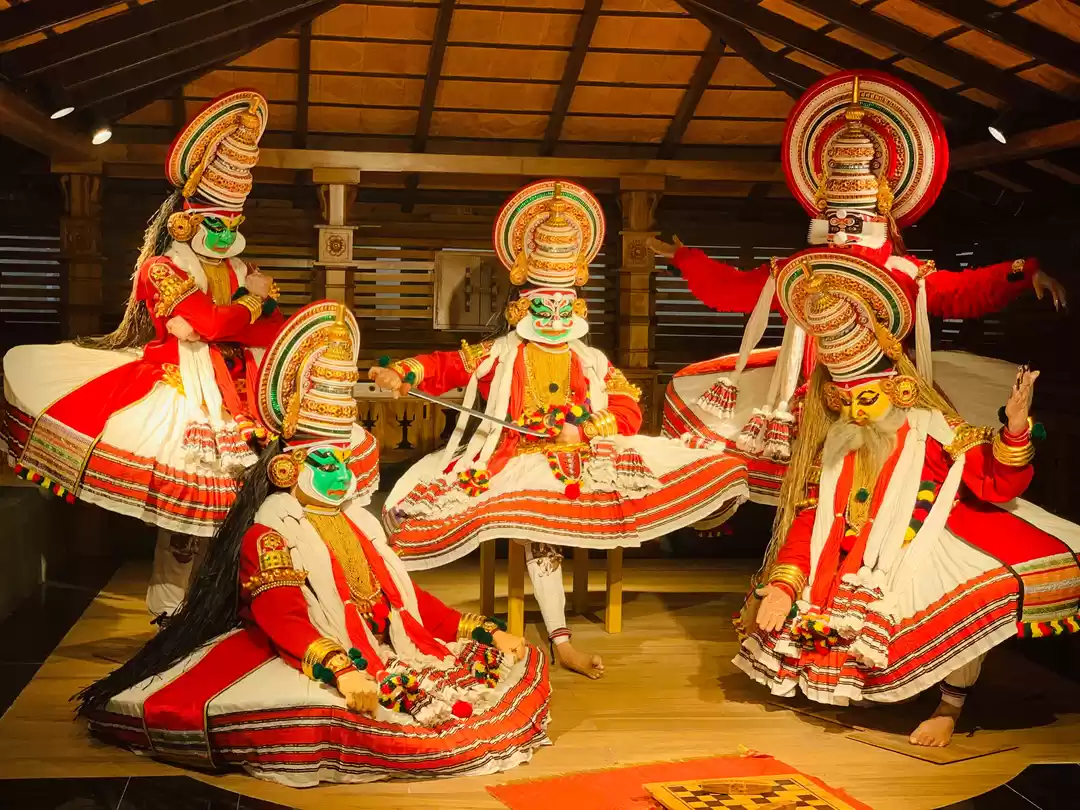
India and music go hand in hand, note for note. We have carved our own space in the world’s music scene, and are also some of the biggest consumers of international music. From Indian classical, to Bollywood, to indie artists, to EDM; India’s tryst with music is dynamic and everlasting. So, the need for fans to experience the music live has also grown. While there has been a steady rise in the number of concerts and tours of artists from the country and internationally alike; the concept of music festivals is now very popular among the music lovers of India. Just like Coachella in USA, music festivals in India are also places for people to have fun with friends, socialise, and just make merry with alcohol flowing, puffs all around, and laughter in the air; apart from the music.
India has a variety of music festivals that are genre-specific and multi-genre, that spread over days and weekends in duration. One of the first big-budget events being the Sunburn Festival in Goa; there has been a major boom in the industry with festivals like the Ziro Festival of Music, Ragasthan, SulaFest, Mahindra Blues Festival, Bacardi NH7 Weekender, and Vh1 Supersonic, amongst others.

Footfalls leave footprints
Think about the last concert you went to. The music, the lights, and the people, right? Now, think of the part after the show was over. Plastic bottles, beverage cans, tissue paper, and other articles dotting the landscape, and spilling out of trash cans. Issues of littering aside, live music events usually consume high amounts of electricity with the elaborate stages, lighting and audio systems. The more the attendees, the larger the carbon footprint.

However, not all the music festivals in India turn their heads away from these pressing issues. I spoke to the organisers of two of India’s leading festivals, that take place in opposite ends and contrasting terrains of our country. One, that is held amongst dunes of the Thar Desert in Rajasthan, and the other in a green valley of Arunachal Pradesh.
A glimmer in the sand
Ragasthan, Asia’s first desert camping music festival, takes place for 3 days every February. The festival grounds are located at a 40-minute drive on the outskirts of Jaisalmer, well and truly in the middle of the Thar. Jaisalmer being connected to the rest of the country via air, rail and road; Ragasthan is as easy to get to, as it is surreal to be at. Think Ragasthan; think watching curated cinema under the stars, art exhibits painting the desert in a myriad of colours, exciting activities like hot air balloon rides, food trucks galore, and of course- the music.
It is essentially an experiential music festival with a focus on music, camping and togetherness. A togetherness of nearly 2000 people that stay on-site in tents on the desert sand. This sense of community permeates through the festival when it comes to the eco-friendly regulations as well.
“Whether you're an artist, an organiser, an attendee, festival crew - everyone drinks their chai, pani, whiskey in flasks.”, says Supriya Sobti, the co-founder of Ragasthan.
The Thar Desert is one of India’s largest untouched terrains, and even one undisposed plastic cup or glass could make its way through the dunes and remain in the desert forever. The organisers of Ragasthan, hence, take their flask policy very seriously. In fact, they even got company Eagle Flasks to generously support them with flasks for the festival every year. It is of utmost importance to ‘leave-no-trace’ in the desert, and Ragasthan is the first festival in India that banned the use of plastic from their first edition.
Ragasthan is a perfect example of a music festival that is not just about the music, but also recognises its importance as a breeding ground for important social and environmental discussions. Sobti believes that organisers of such events need to tap in on the true potential of their own platforms. “It may come with a cost but you offset it when you look at the long run. We must worry today to have a tomorrow.”, she says.
Arunachal’s ray of hope
More than two-thousand kilometres eastward, across the latitudinal span of the country, lies The Ziro Festival of Music; a four-day event held every September in the picturesque Ziro Valley of India’s north-eastern state. Getting to the Valley is half the fun; with three modes of transportation having to be conquered. A flight to Guwhati, Assam – a train to Naharlagun – and finally a jeep, should get you to this enchanted place. With a nip in the air, and a drizzle from the sky; you are surrounded by green hills as you walk through the variety of food-stalls serving up local and international fare, finally heading to the stage that reverberates with an aura like no other.
6000 people travel from all parts of the country converge at Ziro every year to experience some of the greatest folk and contemporary music artists perform. Since the festival is located in one of the most pristine parts of India, special care is taken by organisers to keep the festival as sustainable as possible. The organisers told me that they use locally sourced materials to build for infrastructure for the event, which takes a large chunk of their budget. However, they feel like such an investment is necessary. It also helps that the Government of Arunachal Pradesh partly sponsors the festival, which is well-fitting as it is the largest non-pilgrimage tourist attracting event in Arunachal Pradesh. Ziro Festival has hugely boosted the region's tourism-based economy.
The festival also shares a great relationship with the local Apatani community that open its hearts and doors to festival goers through homestays, local eateries, and transport. The organisers are proud of the fact that they bring in responsible tourists to the region, by enforcing rules such as asking attendees to bring their own bottles and cutlery, and to keep the use of disposable materials to a minimum. Ziro Festival is also completely plastic-free.
The organisers at Ziro would like to give three tips to other sustainable-aimed festivals; “Stick to locally available material, work closely with environment-conscious youngsters and keep sensitising attendees to manage their waste.”.
Join the gang!
To rest assured that you were an environmentally responsible festival goer, keep the following tips in mind:
- Make sure you don’t carry disposable tents, but those that can be reused or recycled.
- Cut down all use of disposable plastic articles such as bottles, crockery, and cutlery. Instead take home whatever you bring along, or until you find an appropriate bin.
- Don’t use toiletries and personal hygiene products that are chemical-based, as these can seep into the Earth and can pollute the groundwater.
- Try to get to the festival in a group, such as by pooling with other attendees, as this cuts down on carbon emissions.
So, whether you’re attending a live event such as these, or organising one; just remember the kind of impact you have to the environment around you. You can have the time of your life at a music festival, and also know that you contributed to keeping the region pure. A double whammy! So, act responsibly, and don’t hesitate to politely call out others that aren’t. The song may get over, the crowds may clear the festival grounds, but the Earth around us is here for a lifetime.

















